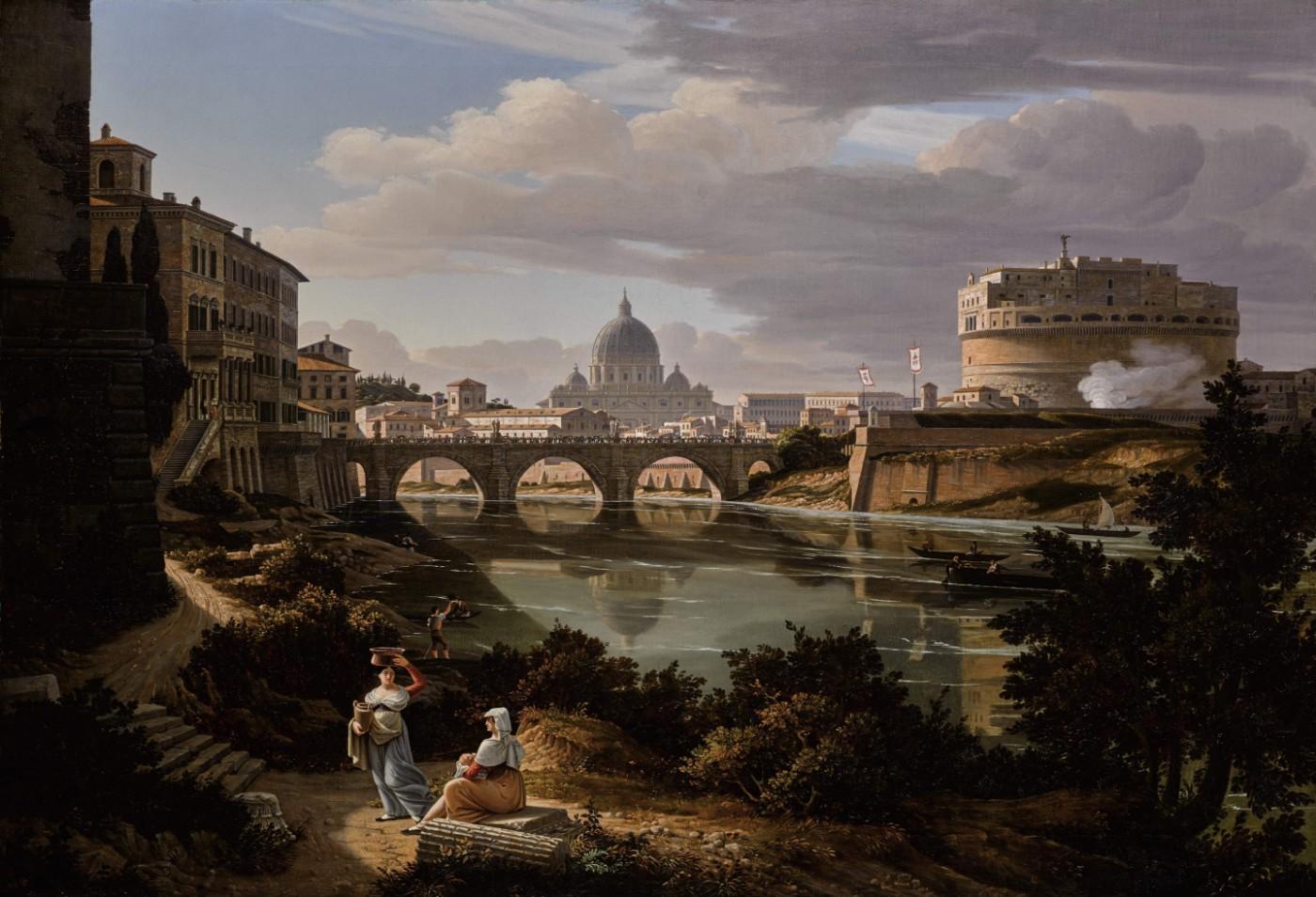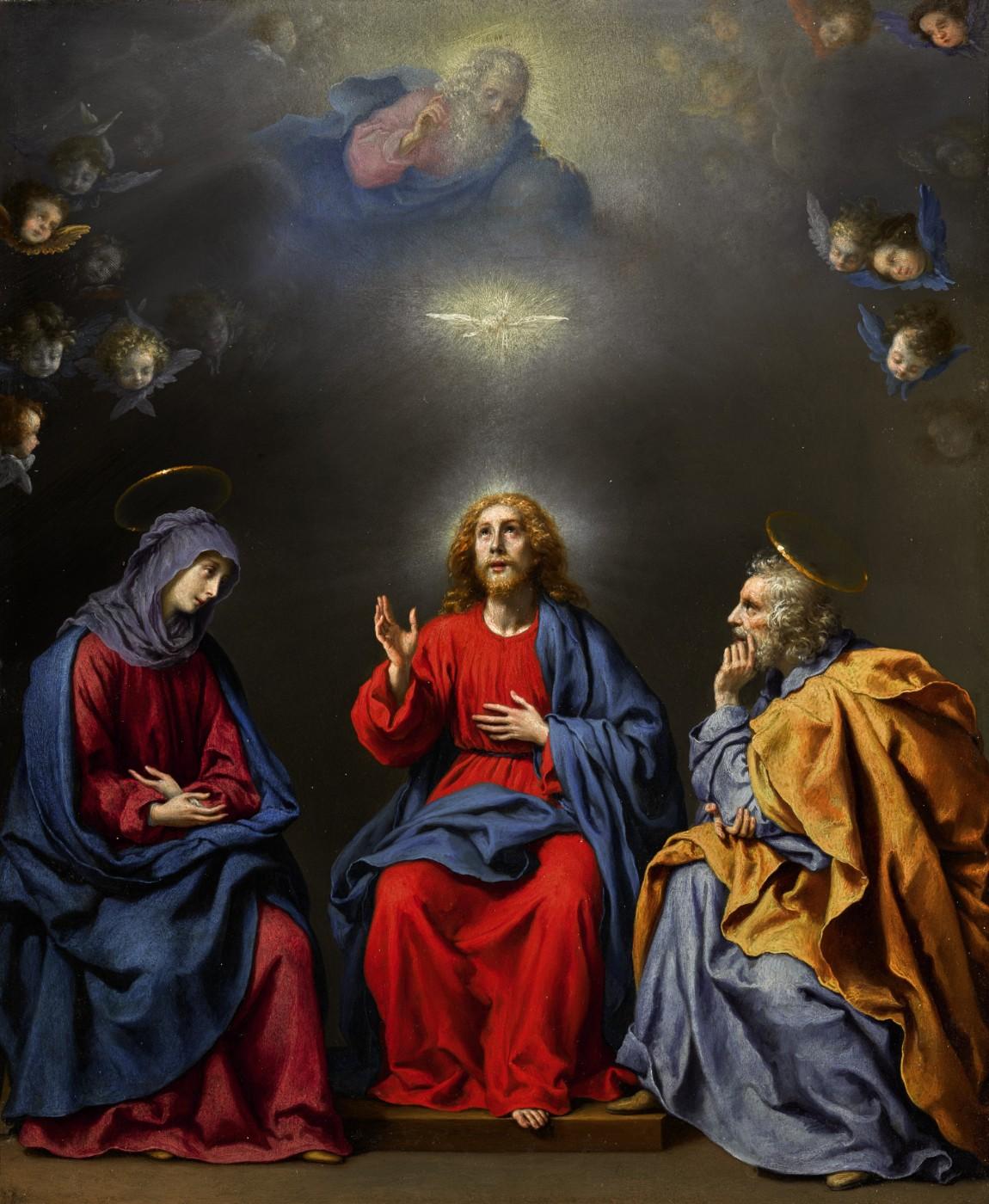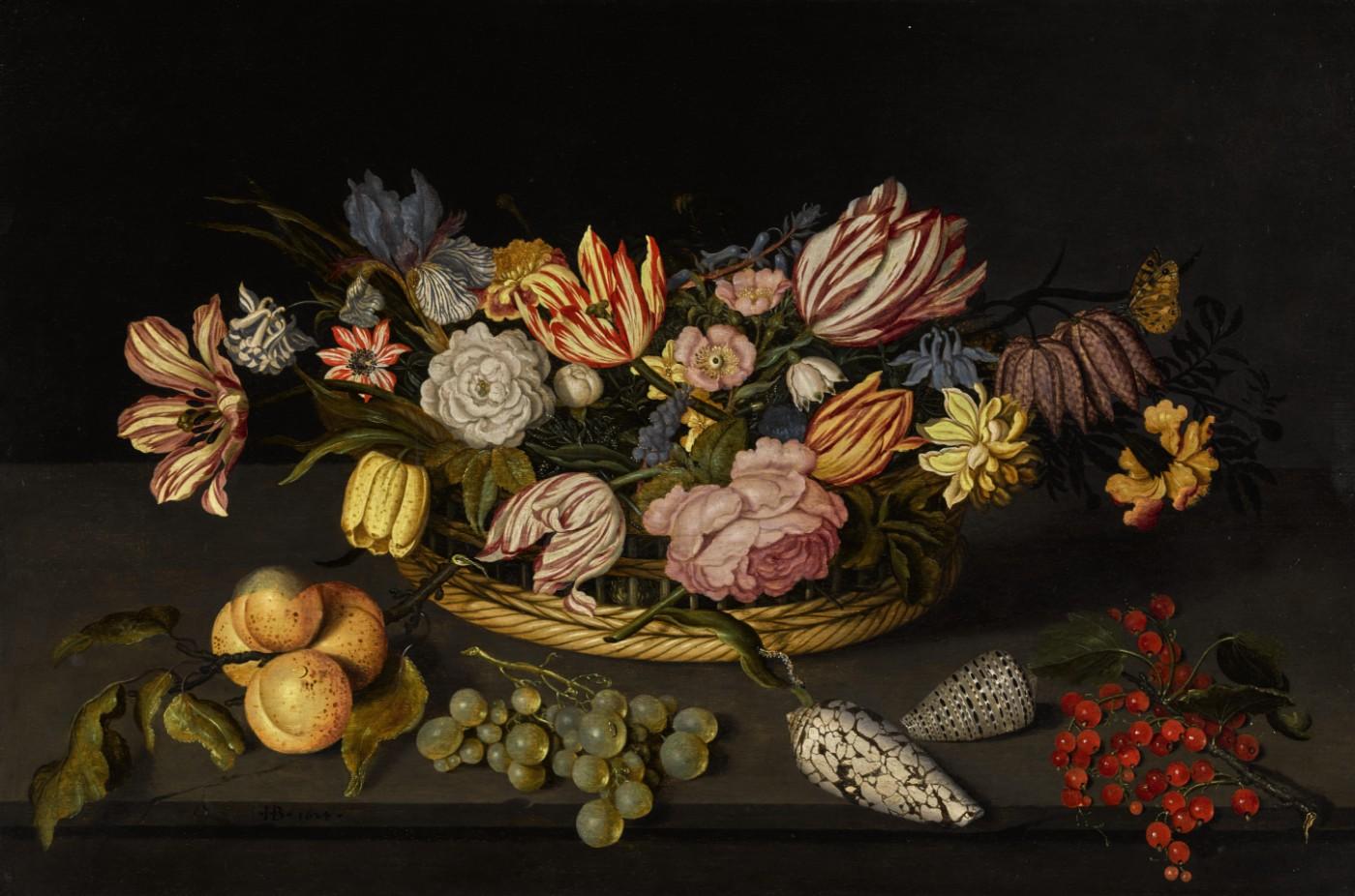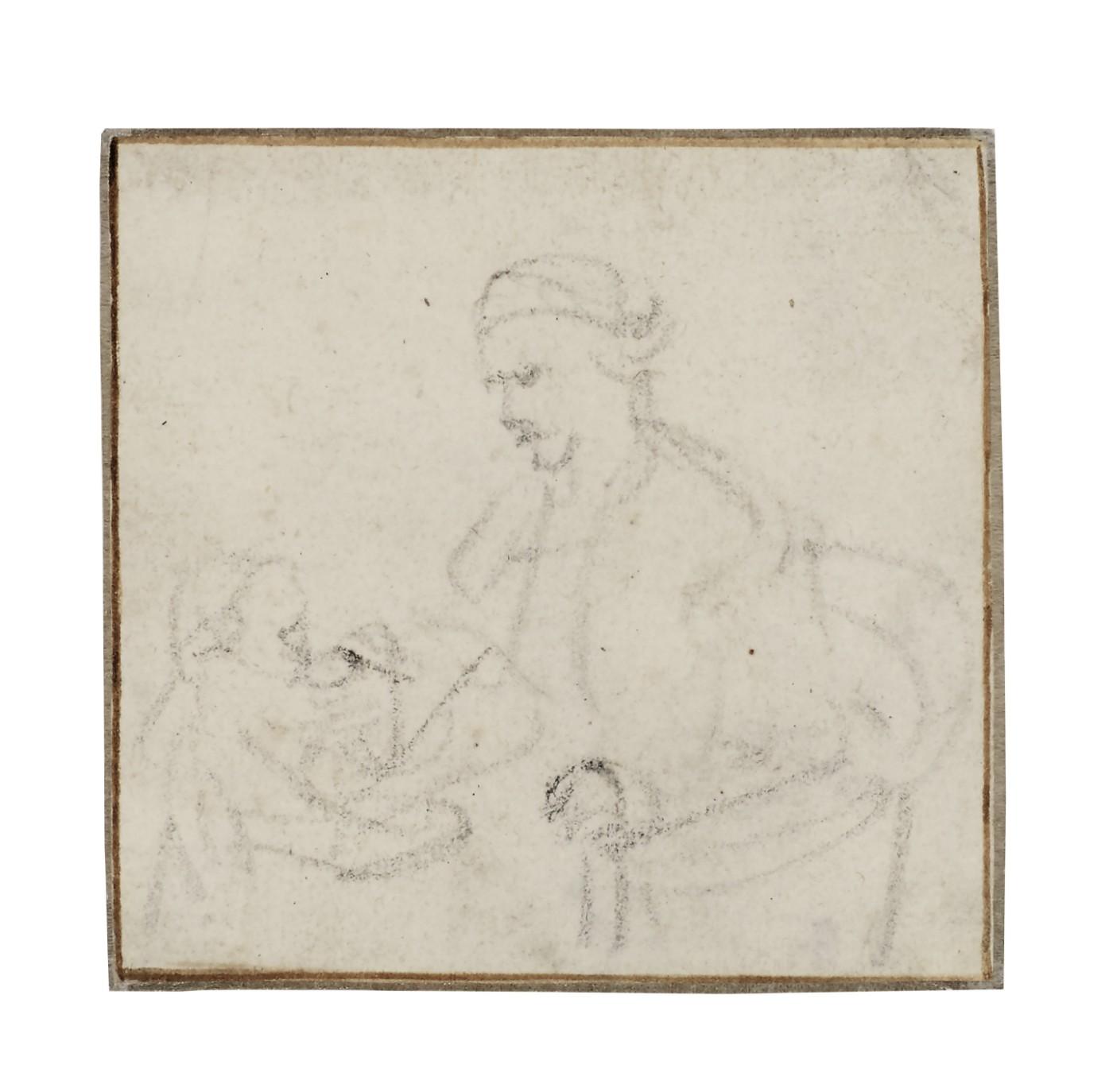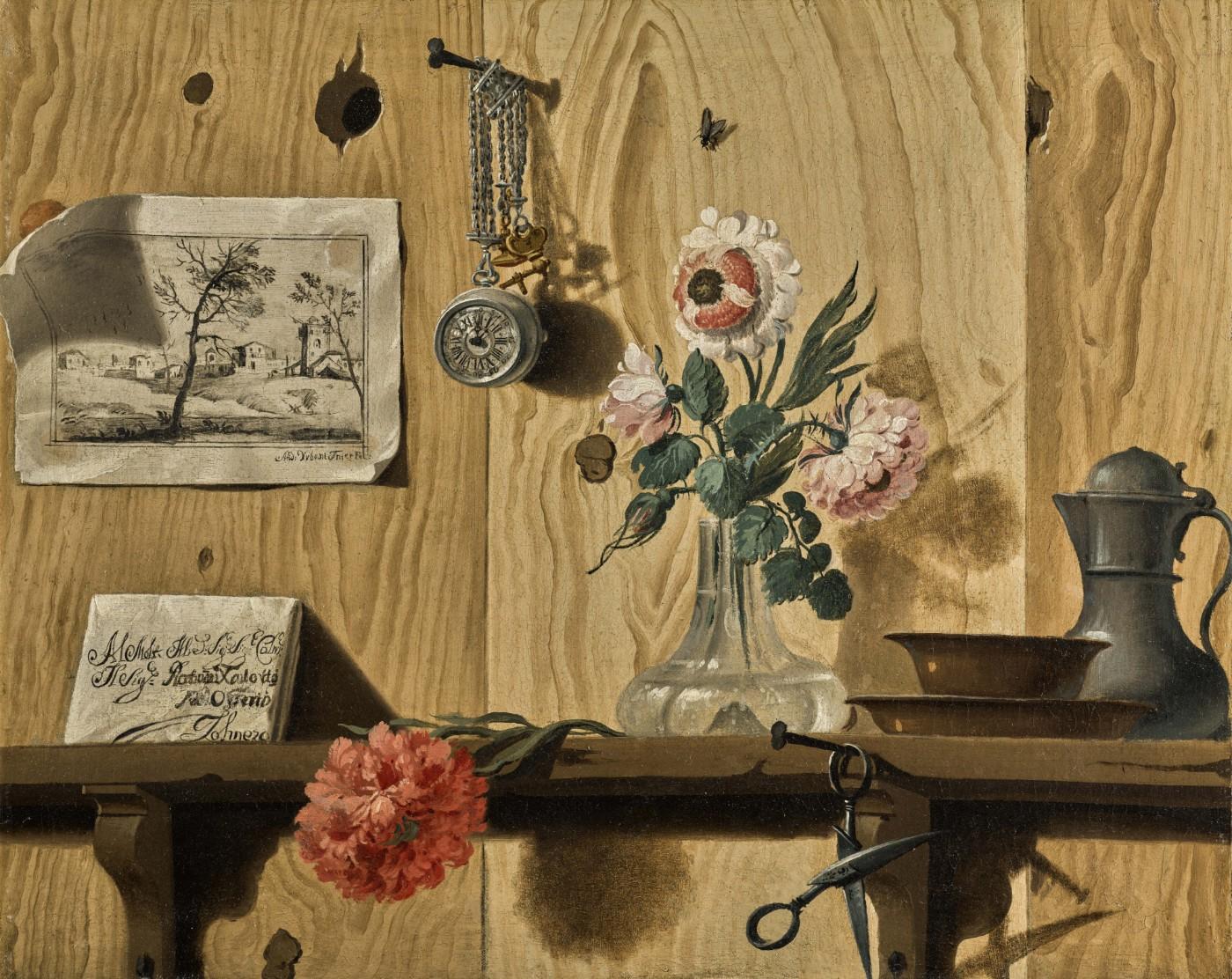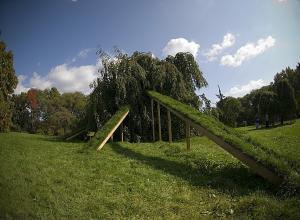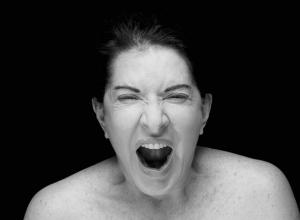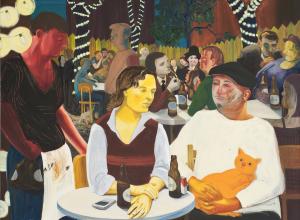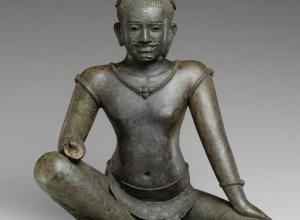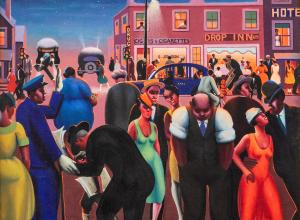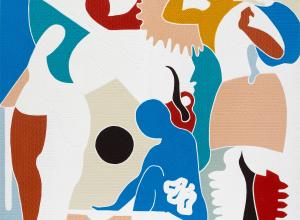Hong Kong -- From September 28 to October 3, Sotheby’s will present A Brush with Nature - the most extensive selling exhibition ever staged in Asia dedicated entirely to European Old Master paintings and drawings.
Showcasing 46 works, representing all the major fields of this great Western canon from the Renaissance to the 19th century, the exhibition will bring together works by some of the most influential artists of all time, such as Dutch master, Rembrandt van Rijn, along with high quality works by lesser-known artists who strove to emulate their forebears.
The exhibition will examine the key genres of the Western Old Master category, beginning with the devotional and spiritual language of Renaissance art, circa 1500, through to the advent of landscape and still-life painting in the following years and its full flowering in the 17th and 18th centuries. Examples of works exploring representations of the human form, both formal portraiture and scenes of everyday life, from the 16th through to the 19th centuries, will also be featured.
Patti Wong, Sotheby’s Chairman for Asia, said, “Sotheby's is the first international auction house to open in Asia in 1973 and we have been credited to successfully develop the markets for Classical and Modern Chinese Art in the region. Another key area that we have focused and invested is growing the interests and demand for Western art within Asia, both through auctions and private sales. In the last five years (2013-17), we have seen the number of Asian bidders at Sotheby’s Old Master Paintings sales doubled and the spend increased ten folds compared to the prior five year period (2008-12), reflecting the growing appetite for more traditional Western art.”
Speaking of the exhibition, Andrew Fletcher, Head of Department, Old Master Paintings, said, “This exhibition presents a full range of works from the Old Master category and showcases works across a variety of price points, starting from as low as US$25,000, to well over US$1million. With the market for the most prominent Old Masters already well-established in Asia, we are keen to help develop collections at all levels, and hope that in shining a spotlight on the talents of lesser-known artists offered at attractive prices, we will be able to engage new and established collectors alike.”
Fletcher added, “Interestingly, there are subtle but innate parallels between Western Old Masters and art created in China during the same period, particularly in landscape painting and drawings. While wholly coincidental, the similarities are nonetheless intriguing.”




